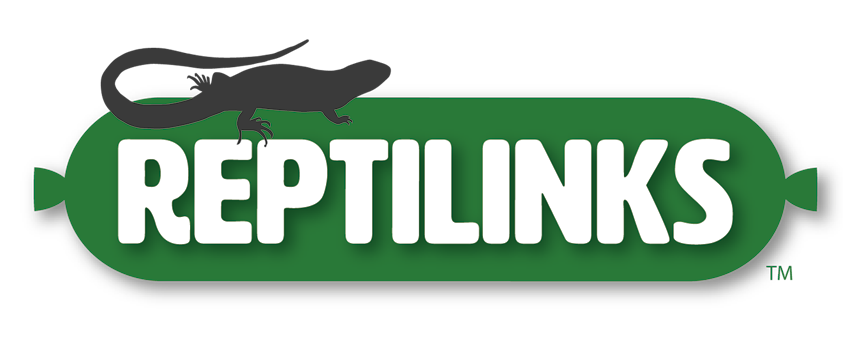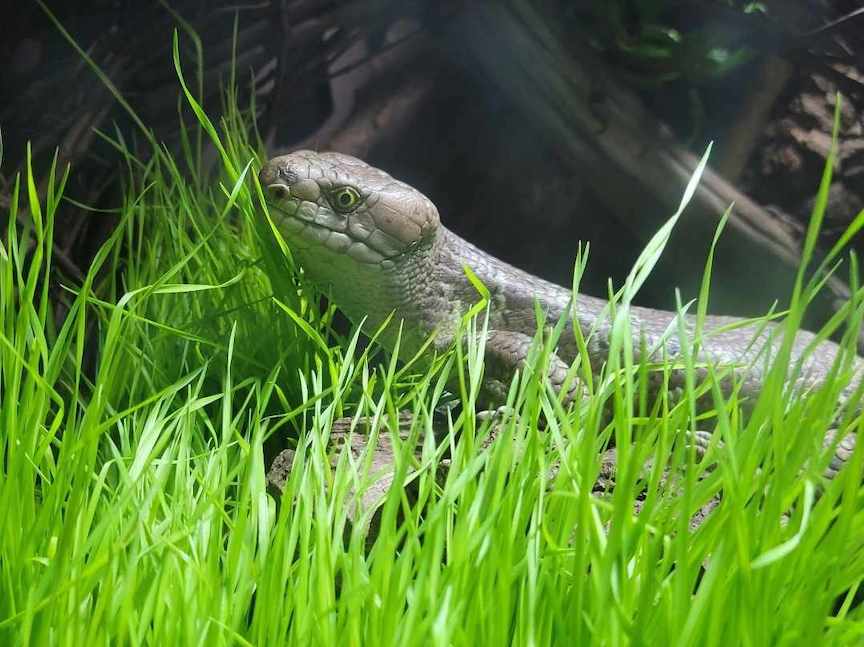A reptile’s enclosure is often its entire world—or at least nearly so, barring any excursions for handling. To give your scaly friend (or amphibian, or insect…) the best life possible, it’s important to provide a stimulating and rich environment in which it can live its daily life. Many people achieve this with interesting décor and enrichment items, like climbable surfaces and unique places to hide. However, have you considered revamping your enclosure not just to provide unique décor but to transition into a natural environment that mimics your reptile’s native habitat? That’s what bioactive is all about!
A bioactive enclosure offers many benefits, not just for animals, but for keepers as well. Let’s explore what bioactive has to offer and whether it’s a good fit for your reptiles.
What Is Bioactive?
At its most basic, a bioactive enclosure is a miniature ecosystem. It contains living organisms, such as plants, fungi, bacteria, and invertebrates that cycle the nutrients and keep the enclosure running. Bioactive setups mimic the natural world, from the way that the soil and air are filtered to the lifecycles of the organisms that live inside, consuming waste matter and creating helpful byproducts.
For keepers, bioactive setups usually look appealing, like self-contained slices of a real-world environment. But the beauty of a bioactive enclosure is just one of its appealing features. Reptiles who live in bioactive habitats can benefit from more naturalistic habits and resources—so just like you trust Reptilinks to provide well-rounded nutrition, a bioactive enclosure can offer a high-quality living space that contains everything your pet needs.
The Basic Bioactive Setup
Bioactive setups are meant to mimic your animal’s natural environment, which means that an enclosure for a bearded dragon will necessarily look quite different from one made for a tree frog. The baseline elements that every bioactive enclosure will need are:
Substrate – The soil or ground of your enclosure is the substrate, and it can be made of many possible materials: soil, sand, moss, or a mixture of more than one thing. All of the microorganisms and small contributors in your bioactive enclosure will live in or rely on the substrate, and it will be a big player in where moisture goes. Does your pet burrow in its natural habitat? Does it like to dig? These instincts and more should all go into what substrate you select.
Cleanup Crew – As a natural part of a living ecosystem, the elements in your enclosure will create waste and byproducts. For instance, damp soil may begin to grow mold or fungus, and your animal itself will produce waste. The cleanup crew is a host of bugs living in the bioactive enclosure that break down and process these materials as food. Isopods and springtails are the two most common types, each coming in a range of species that thrive in varying environments, from 100% humidity to arid desert regions.
Plants – One of the hallmarks of a bioactive enclosure is the inclusion of live plants. Plants are important to filter the air and replenish the soil, providing shelter and sustenance for the bugs that keep your tank going. They’re also enriching for your pet and provide plenty of places to hide, climb, and explore.
Décor – Most bioactive enclosures incorporate natural décor that mimics the native habitat of the animal—think branches, stones, logs, and vines. Wood products offer an additional food source to the organisms that live in the habitat.
Why Go Bioactive
If you’re like most keepers, you take a look at this long list of inclusions and think—why all this effort? While it’s easier to put down reptile carpet and toss in a couple plastic hides, your animal will appreciate the increased complexity and natural mimicry of a bioactive habitat. There are plenty of reasons to go bioactive for you, too!
Enrichment
When a reptile can engage in natural behaviors such as foraging, digging, burrowing, and climbing, they live a healthier and more mentally stimulating life. Since a lack of stimulation has been directly correlated to health consequences such as hormonal imbalances, a bioactive enclosure can go a long way toward keeping your pet not only happy, but healthy as well. From the exciting textures and varied environments to interesting smells that change over time, your animal has plenty to do and think about in a bioactive enclosure.
Cleanliness
One of the leading elements that people enjoy about bioactive habitats is how much less cleaning they need to do. While any terrarium will need to be maintained to some degree, the cleanup crew and microorganisms within a bioactive setup will take care of a large portion of the waste. It is very common for keepers to find a group of isopods springing upon new fecal matter just a minute or two after it appears! This helps to reduce unwanted smells—in fact, bioactive enclosures often smell refreshing and crisp thanks to the plants cycling the air to remove nitrogen buildup.
Regulation
Another advantage of bioactive enclosures is how they help to regulate the animal’s environment. Grasses and plants retain humidity and can provide shade, creating an enclosure that more closely meets the needs of some animals. Rather than regularly spraying down a habitat, you may find that it holds humidity better once plants are involved—and for enclosures with high humidity needs, the roots of the plants help to keep the substrate from getting muddy.
Are There Negatives?
There are plenty of benefits to switching to bioactive, but that doesn’t mean it’s the right choice for everyone. A couple things to keep in mind:
Bugs (Again) – Yes, we want bugs in a bioactive enclosure, but having such a habitable and enticing environment can occasionally attract unwanted guests. Some keepers report annoying visits from ants, gnats, and fruit flies that can be difficult to purge if they find a foothold in a bioactive setup.
Reptile Habits – Not all reptiles have the personality for a bioactive enclosure. Some like to put anything they can find in their mouths—including the plants that are meant to keep the enclosure cycling. Some people go bioactive anyway and select plants that are safe to eat, but others are not willing to dedicate the time and money to constantly replacing chewed on (or trampled) live plants.
Reinfection – If an animal should get sick with an issue like parasites, a bioactive enclosure can make this issue much harder to overcome. If your pet passes parasites in their fecal matter, for instance, the cleanup crew will consume it and could become infected themselves. Then, they continue to reintroduce the parasite into your habitat (or even serve as a food source for your pet), prolonging the infection cycle.

